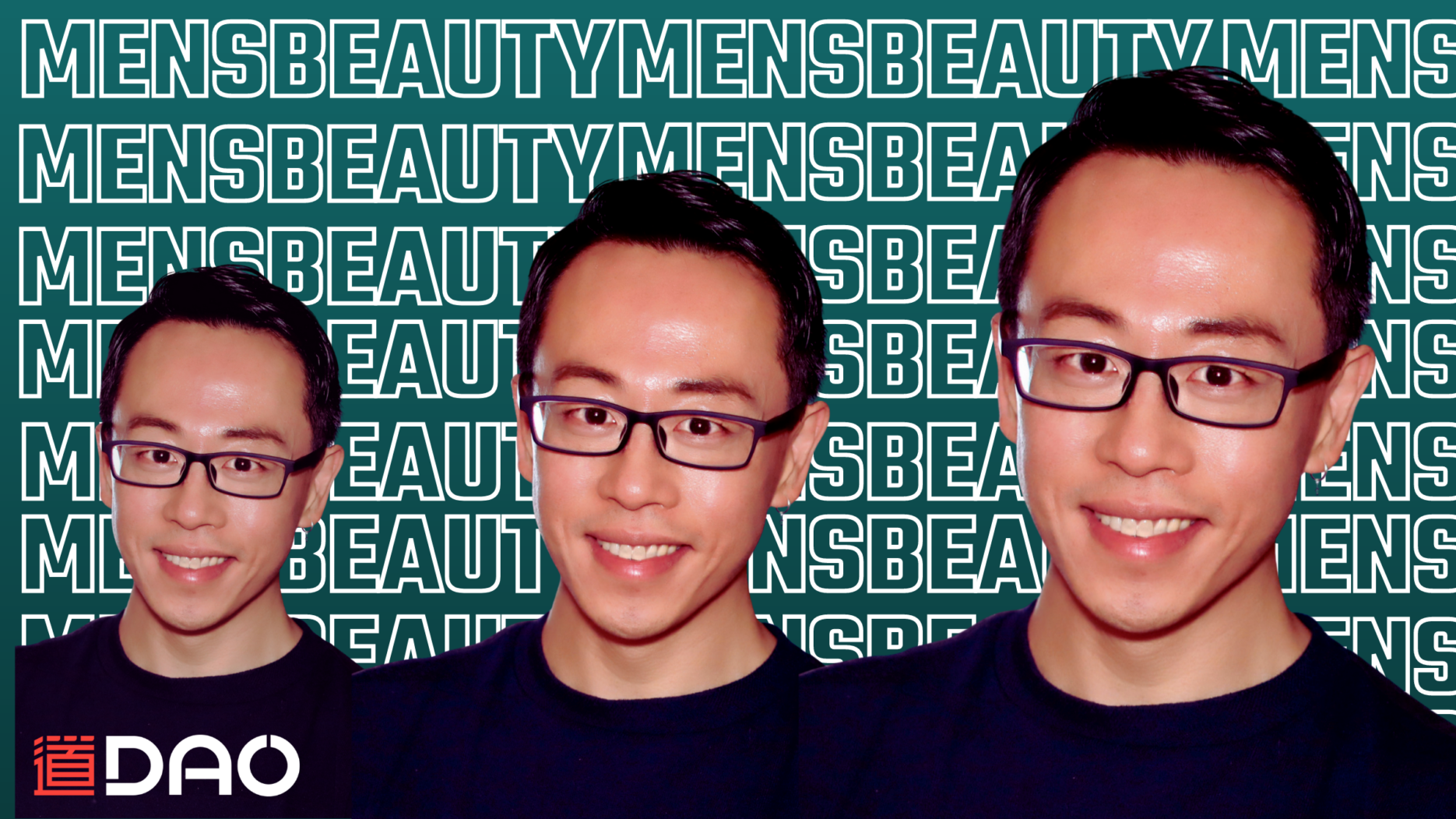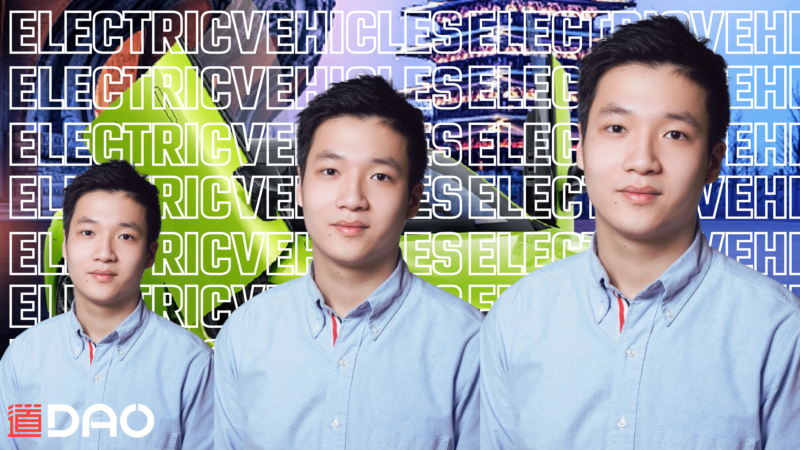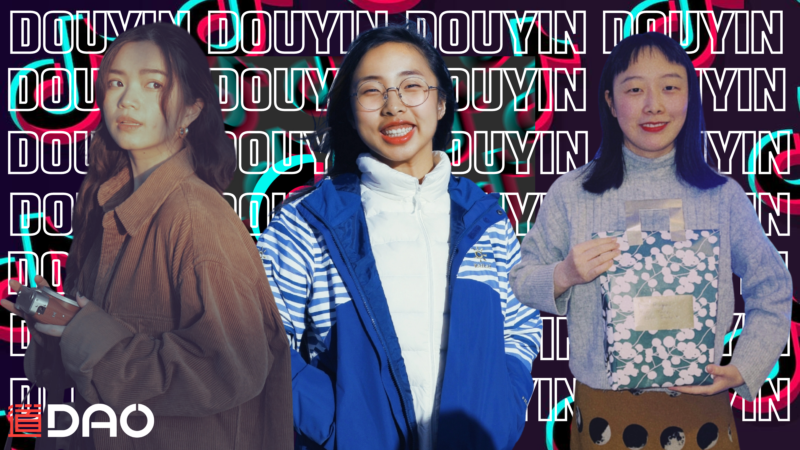Since the emergence of the so-called “Male Beauty Era” in 2019, the sector has been gaining traction in the Chinese market at full speed over the past few years. In 2021, more than 50% of China’s Gen Z men became regular consumers of beauty and skincare products. With more and more young Chinese men investing in their skin, men’s beauty has grown into a craved category by relevant market players.
To unlock this lucrative market segment, Qing Na spoke to Jake Xu, co-founder of the UK-made men’s skincare and makeup brand Shakeup Cosmetics, who has knocked out a three-fold year-on-year increase on China’s e-commerce giant Tmall.
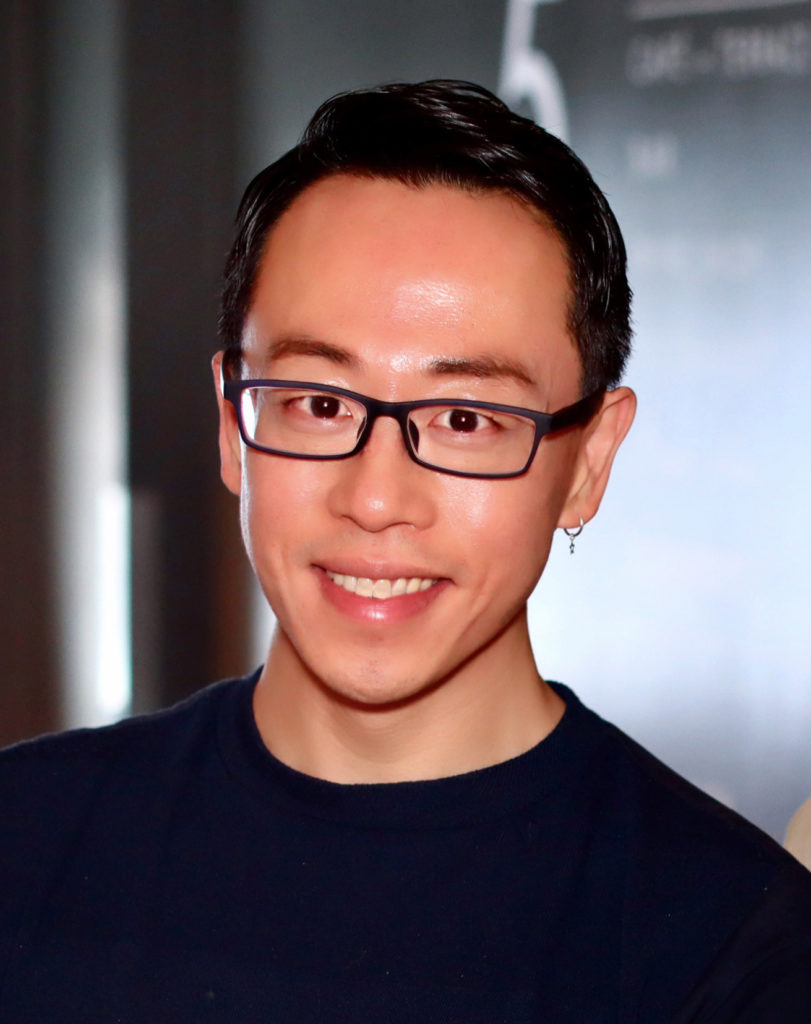
Born in Beijing, and emigrating to the UK in 1999, now a naturalised British citizen, Jake and his twin brother Shane started their career in media before setting up their own creative marketing business in 2006 which became a success in the following 12 years. The brothers then launched their men’s skincare and cosmetics brand, Shakeup Cosmetics in 2019. Today, their rapidly growing brand is distributed to four continents around the world. Since launching their Tmall cross-border flagship in 2020, their best-selling product, LET’S FACE IT BB tinted moisturiser, is selling at a rate of 1 every 5 minutes in China and is sitting at the No.3 spot in the men’s BB cream category, just after L’Oréal for men.
How would you describe your target audience in China?
The demographic in China seems to be, generally speaking, younger than that in the West. In the UK our key demographic will probably be like 28 to 30 years old plus. But in China, they tend to be younger, like between 18 and 30 years old. But because of our price points, we do tend to attract high disposable income professionals, higher educated, probably foreign educated customers in China. Or at least customers who will be following other influencers or celebrities in their social circle.
But I mean, we’re not premium. You know, we’re not on the Tom Ford or Chanel level of pricing but we’re also not mass pricing either so, it seems to fit in really nicely in a price bracket where there used to be a big gap when it comes to men’s beauty in China.
When it comes to products that they put in/on their body, Chinese consumers tend to go for safety, security, and quality over anything else.
What do you think those demographics of consumers in China look for in men’s beauty products?
I think safety and quality are definitely at the forefront of their requirements. The made-in-China brands have been enjoying a fantastic ride recently, and actually, the quality of the products coming out of China is phenomenal, from packaging to formulations to innovations. There are really good domestic brands doing great things in the sector.
But I think there’s still a huge demand from Chinese consumers for imported products. I think when it comes to products that they put in their body as well as on their body, they tend to go for safety, security, and quality over anything else. Unfortunately, there is still a stigma or scepticism around homegrown products in certain categories such as baby formula and cosmetics, and skincare. That’s why there’s still a massive demand in China’s domestic market for imported products from Europe.
What has Shakeup Cosmetics been doing to cater to consumer needs in China?
With our products for Chinese consumers, I think, firstly, we do talk about the quality and the fact that the products do have to comply with very strict and stringent EU cosmetics regulations. So, it is safer from a customer’s point of view to use. We talk a lot about the products, how the formulations were created and developed for men because men’s skin is different from women’s. And of course, with some of our coloured products in the makeup range, we do need to think about whether a shade is going to work with Caucasians as well as Asians. So that probably requires a bit more localisation, which we’re still working on.
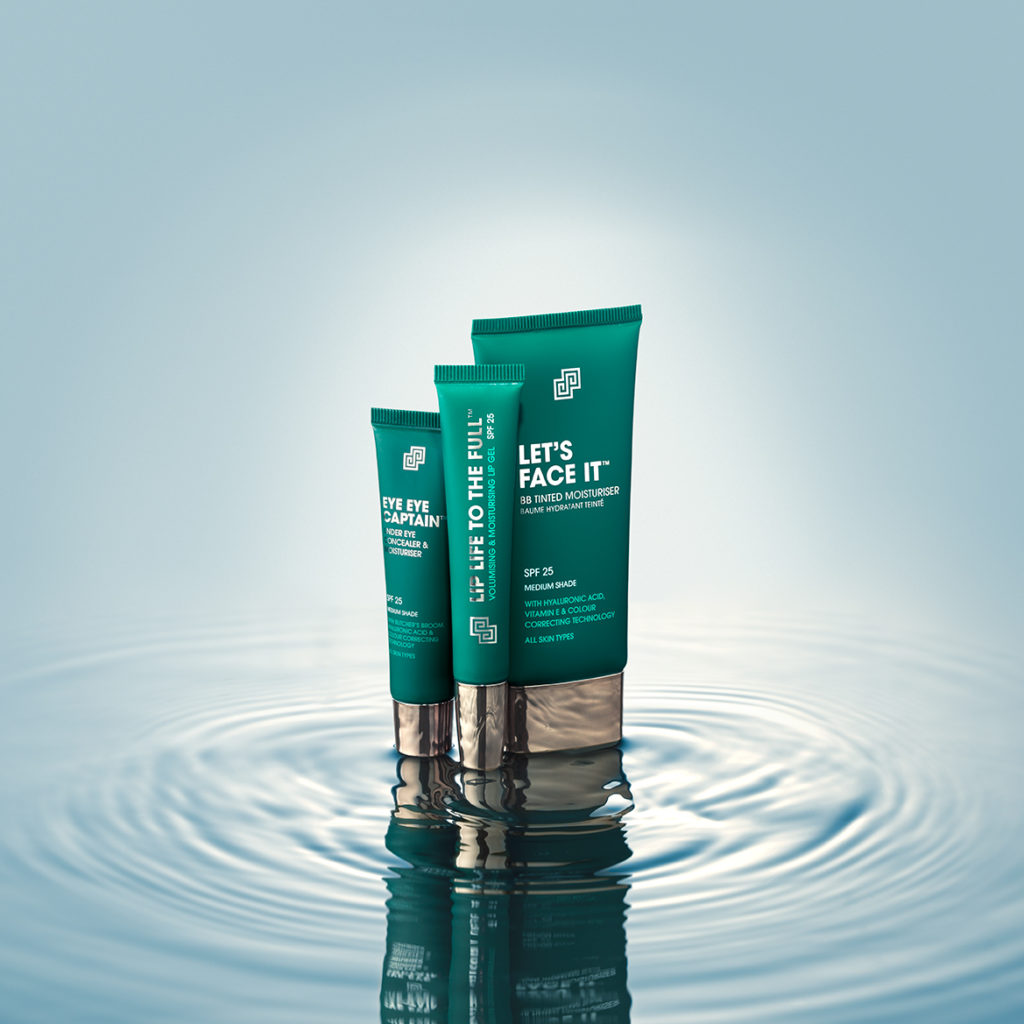
What do you think is the key to communicating and engaging with the younger generations as a foreign brand?
First of all, I think as a foreign brand you’ve got to forget everything you know about social media and how it works in the West because the social landscape is completely different in China. Also, don’t take consumers in China for fools. They’re so savvy and so switched on, they know exactly what they’re looking for. Yes, there are more people with more money to spend and consumerism is still very high, so you’ve got to convince them that your products really do speak volumes through the quality.
You’ve got to understand the social landscape in China and what platform does what.
Back on the social front, you’ve got to understand the social landscape in China and what platform does what. There is that “seeding” [Zhongcao, or “planting grass”] process, there’s brand awareness and there’s peer recommendations. You’ve also got to strategically position yourself in the right place at the right time with the right content, in order to engage with consumers in China.
Then when it comes to customer service, here in the UK, it is acceptable to get back to someone within 24 to 48 hours, but in China, 24 minutes is already running too late. This is the kind of mindset that Western companies and brands need to be aware of; that bar and the standard you’re used to, otherwise, they have no chance of breaking it into the market.
What has the brand’s e-commerce journey been like in China?
Tmall was the first foyer. We opened our flagship store on Tmall Global in July 2020 after we launched the brand in November 2019. There was a really great response from the market when we first launched and then COVID hit. As a new business that had literally launched for a few months, we had to pivot, so that accelerated our strategy in China.
The BB cream very quickly became our bestseller on the platform. And then it was a hero product and has been our hero product ever since. I think in China, we’re adopting this kind of hero strategy. You need to put your effort behind one product, really blow it up, and then hopefully there’ll be cross-selling opportunities there. So that’s what we did for the first few months.
We’re adopting a kind of hero strategy, putting effort behind one product, and then hopefully there’ll be cross-selling opportunities there.
What’s your brand’s approach to Chinese social media?
We are pretty much on all of the major platforms you know, Douyin, Xiaohongshu, and Bilibili as well as WeChat. But there’s so much going on so you have to pick what to focus on. You have to try different platforms with different KOLs to see what kind of content works on what platform and what kind of messaging works. You’ve got to do a lot of trialling. I think it probably took us about a year if not longer to get that formula right. Even when you get that right, regulations in China change frequently too so you’ve got to keep up with that as well.
I would say it’s very important to have someone on the ground to render for you because China is not a market you can run effectively, remotely. You need to have someone who has local knowledge in order to deploy your marketing strategy and be agile on the ground, make changes or change tactics as they go rather than you doing it from eight hours behind. I mean, you know that that will be a lot more difficult.
What is the brand’s approach to engaging KOLs?
I think peer-to-peer recommendations are always important. When it comes to products and e-commerce, people do check reviews and when they see recommendations by someone they trust, or they follow this always carries a lot more weight than seeing an ad from the brand directly. So, I do think that’s very necessary.
It is expensive to get KOLs and the campaigns themselves are really expensive, especially in China. But once you strike gold, getting that one viral video, the momentum the connection drives is just phenomenal. That’s one of those calculated risks that I was talking about earlier. You’ve got to have faith when you commit to that kind of thing because you are talking about thousands of pounds for one post so you have to be prepared in case it doesn’t work.
In the West, influencer marketing works quite differently. You know, in the UK for example, we tend to work with a lot of real people with real skin issues and that carries a lot of authenticity in my opinion. It has worked better for us as a brand than a big celebrity following or an internet-famous influencer. I think for me the micro-influencers and the people who actually have a story to tell are much more convincing and authentic, and more impactful with our demographic here in the UK.
But in China, it’s quite different. Again, there needs to be localisation of the marketing in China. You’ve got to cover the entire spectrum: the bigger influencers, middle ones as well as lower-tier KOCs. And then you’ve got to divide it into different pillars: are they in beauty, skincare, or in other areas? Our customers don’t just live in the beauty and skincare category. Where else do they live? And then you’ve got to look at KOLs probably in those areas and then try to get an influencer to jump on some brand awareness in that category as well. So, we’ve got to work with an ever-changing landscape.
How do foreign brands set themselves apart from others on China’s e-commerce platform?
The brand needs to have a story and it has to have a soul. I feel like Chinese consumers nowadays especially the savvy ones are actually buying into a story, they buy into a lifestyle and buy into something that the brand stands for rather than just the product itself.
Chinese consumers nowadays especially the savvy ones are buying into something that the brand stands for rather than just the product itself.
I would probably say just stay authentic and true to the core of your brand. Because like our brand, it is very difficult at times to push through because the ceiling for this category is still not as high as women’s cosmetics. And for men’s cosmetics and skincare, education is still very much needed for guys to first realise that they need the products, how to use these products, and then buy them.
We believe in offering this choice to guys just like ourselves so they can have a quality skin care product that is designed for men. And you have to just keep pushing which is how you stay true to your own ethos and quality.
Otherwise, you just start diluting and become just like all the other brands that are saturated in the market and you end up getting lost in the noise. So just stay true to why you’re doing it in the first place.
In recent years, we have seen a rise in domestic brands in China, and there is no exception in the cosmetics industry. Do you think foreign market players should be worried about that? What do you think is the key to competing with local challengers?
I don’t think we need to worry about that. We’re mindful of all of our competitors. One brand doesn’t make a category. It’s great to see more brands, especially Western brands in the market because it means this category is going to get more attention and there will be more choices. And this is good for us because we want to make sure this category remains lively.
On the other hand, I don’t necessarily see that we are competing for the same audience. Domestic brands have products that are produced locally, and can potentially offer much cheaper prices and much lower thresholds for customers who are just starting out, offering skincare cosmetics for those who don’t have the same spending power as some of the customers buying our products.
So, we are targeting different demographics: their demographics might not be buying our products and vice versa. Collectively though, we are educating men as a whole that skincare is necessary and looking after yourself whilst feeling great is good for mental health too.




